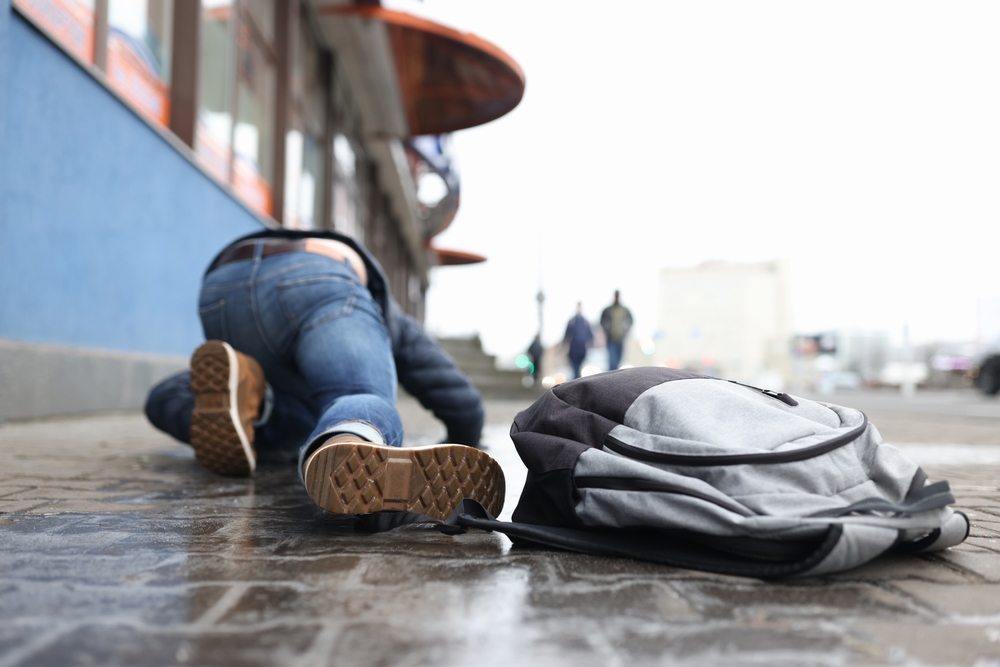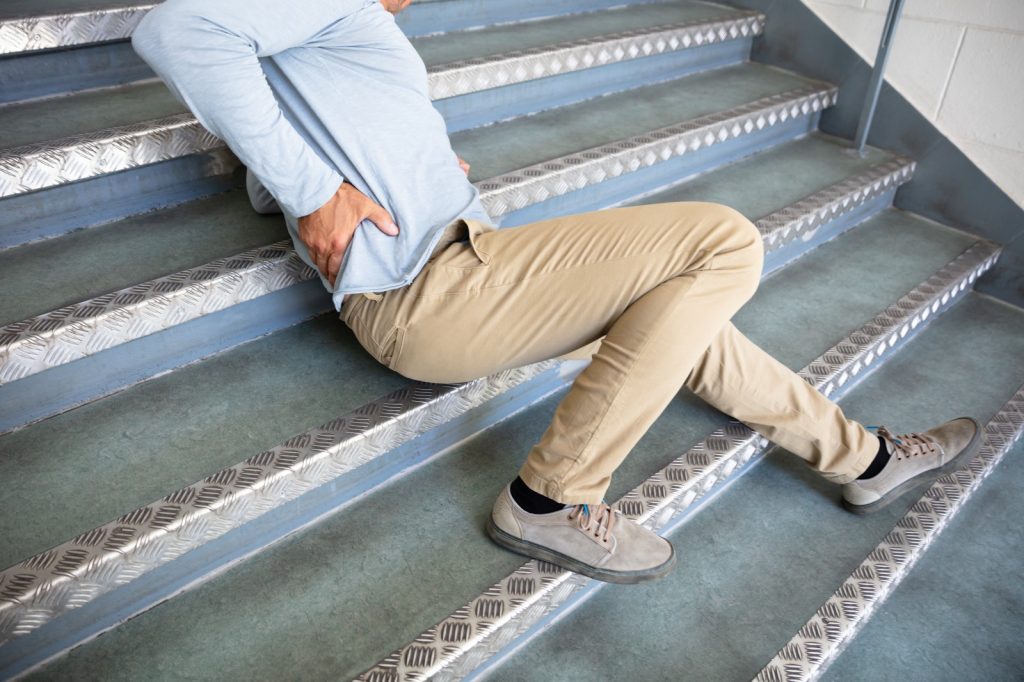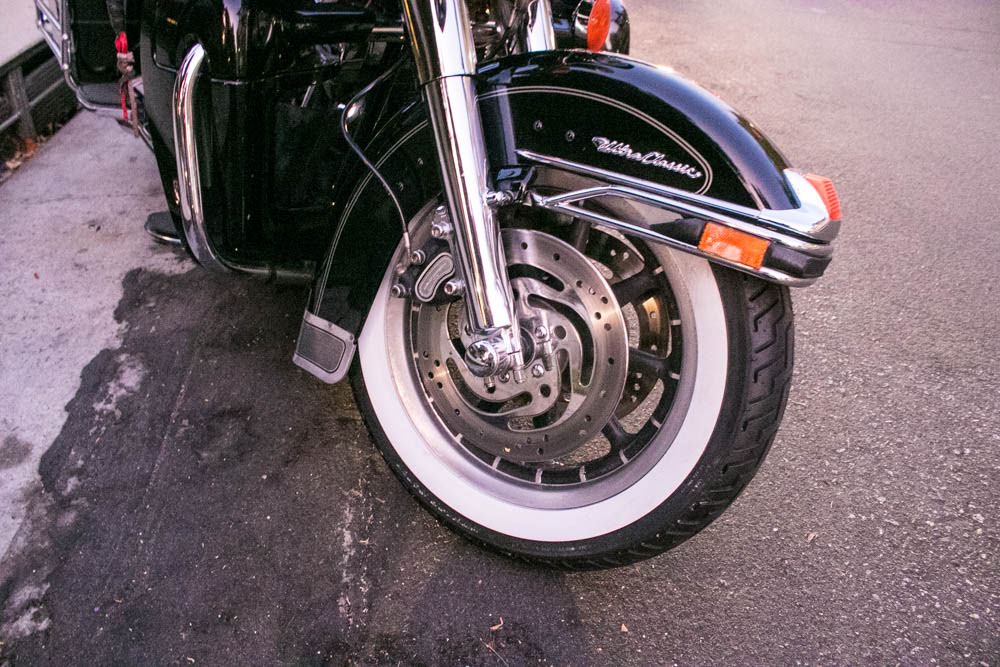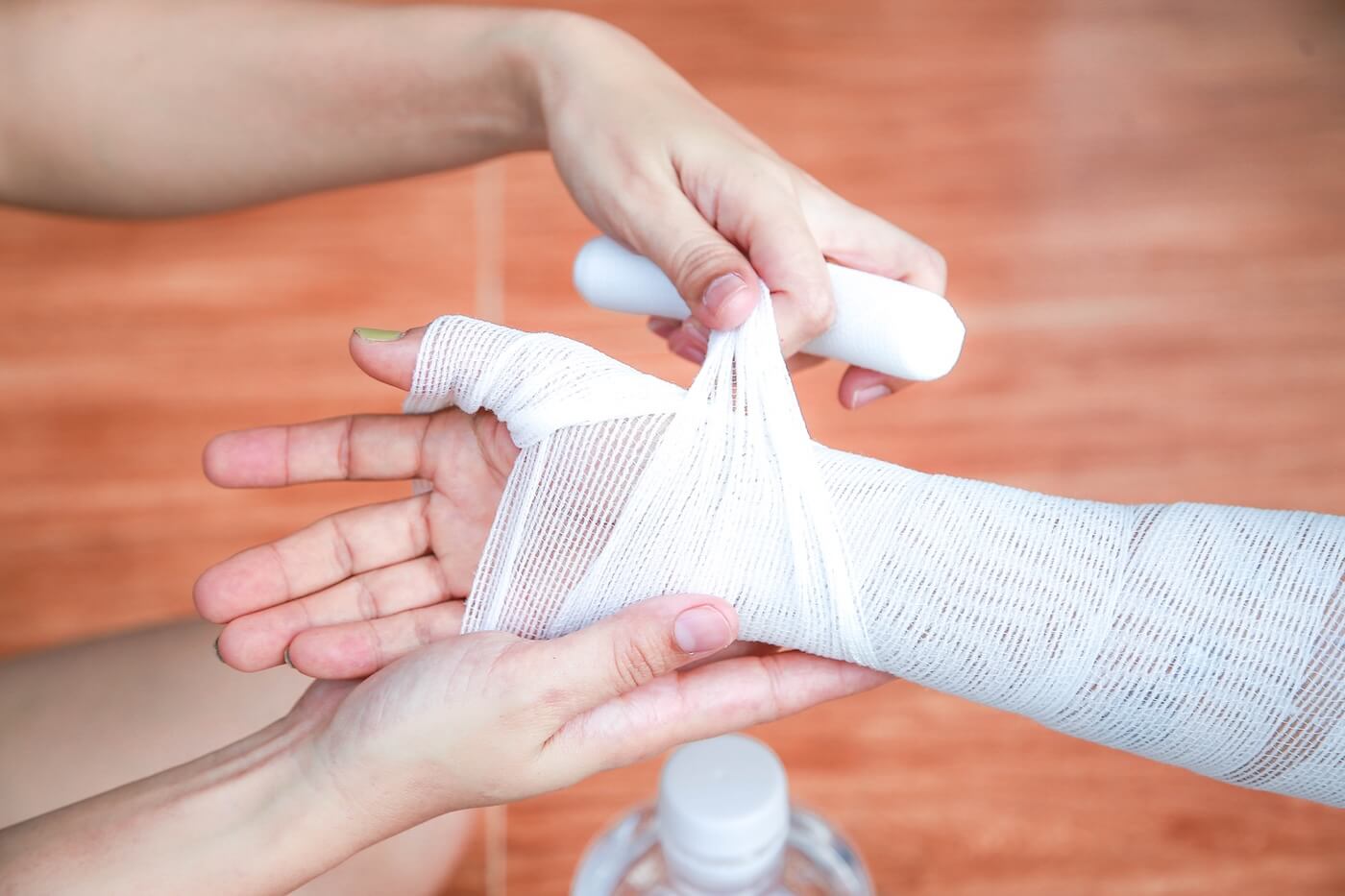Premises Liability: Slips, Trips & Falls Explained

Written by Bradley Smith

Slips, trips, and falls are some of the most common causes of injuries on both public and private property. Premises liability law holds property owners and managers responsible when someone is injured due to unsafe or poorly maintained conditions. Understanding how premises liability applies to everyday situations can help people know their rights and responsibilities.
Navigating the aftermath of a fall can be confusing, especially when medical bills and lost wages are involved. A slip and fall lawyer in Denver can clarify the legal options available, ensuring that injured individuals receive fair consideration and guidance.
This overview will explain the basics of premises liability, what kinds of hazards often lead to injuries, and what steps to take if an accident occurs.
Understanding Premises Liability
Premises liability involves the legal principles that hold property owners accountable for injuries on their property. The scope includes slips, trips, and falls, which frequently lead to litigation.
Definition and Importance
Premises liability is a legal concept that refers to the responsibility of property owners to maintain safe environments for visitors and occupants. If someone is injured because a hazard was not addressed or properly warned about, the owner may be held liable.
These laws apply to various types of properties, including private homes, retail stores, restaurants, and office buildings. The importance of premises liability lies in public safety and ensuring that injury victims can seek compensation.
A premises liability attorney can help injured people understand their rights and navigate the often complex legal process. Their involvement is particularly critical when liability is unclear or when injuries are severe.
Types of Premises Liability Cases
Several scenarios fall under premises liability, but slips, trips, and falls are the most common. These cases may arise from wet floors, loose carpets, broken stairs, icy walkways, or uneven pavement.
Accidents associated with inadequate lighting or missing handrails also qualify. Other examples include injuries from falling objects, structural defects, or failures in security leading to assaults.
Common Settings:
- Supermarkets with spills
- Apartment complexes with poor maintenance
- Parking lots with ice or potholes
In all cases, the injured party must prove that the property owner’s negligence directly caused the accident. Medical records, incident reports, and photographs often become key evidence in these claims.
Legal Responsibilities of Property Owners
Property owners are required by law to take reasonable steps to ensure their premises are safe for visitors. This includes regular inspections, timely repairs, and providing adequate warnings about potential hazards.
Responsibility may differ depending on the visitor’s status. Generally, owners owe the highest duty of care to invitees (like customers), a moderate duty to licensees (social guests), and limited duty to trespassers.
If these obligations are neglected and someone is injured, legal liability may arise. Consulting a premises liability attorney helps property owners and injury victims understand these responsibilities and the implications of failing to meet them.
Slips, Trips, and Falls: Common Causes and Determining Fault
Slips, trips, and falls often result from specific hazards found in public and private spaces. Understanding these causes and how fault is established is essential for both property owners and injured individuals.
Frequent Hazards and Risk Factors
Wet or slippery floors from spills, recently mopped surfaces, or rainwater tracked indoors are a leading cause of slips. Uneven flooring—such as cracked pavement, loose tiles, or abrupt changes in level—can easily result in trips.
Poor lighting reduces visibility, making obstacles or hazards harder to detect. Rugs and mats that are not anchored, cluttered walkways, and exposed cords also increase the risk. High-traffic areas, staircases without proper railings, and icy outdoor surfaces are common contributors.
Certain populations, such as the elderly or those with mobility challenges, face higher risks in these environments. A simple list of frequent hazards includes:
- Wet or oily floors
- Loose or torn carpets
- Damaged sidewalks
- Inadequate lighting
- Clutter or debris
- Lack of warning signs
Establishing Fault in Premises Liability Cases
Determining fault relies on whether the property owner or occupier acted with reasonable care to prevent accidents. Key factors include knowledge of the hazard and the actions taken to correct or warn about it.
Courts often consider if the danger was foreseeable and whether the hazard existed long enough that a responsible party should have remedied it. For example, owners must generally address spills promptly or place visible warning signs.
Other considerations include whether the injured person was acting with reasonable care themselves or was in an area where they were permitted to be. Comparative fault may reduce compensation if both parties share responsibility. Written documentation, witness reports, and surveillance footage support establishing liability or defense.

What to Do After a Slip, Trip, or Fall Incident
Quick action after a slip, trip, or fall protects both health and legal rights. Documenting details and evidence right away can make a significant difference in potential claims.
Immediate Steps Following an Accident
- Seek medical attention promptly. Even minor injuries can worsen or signal underlying issues. Medical records also serve as important documentation for claims.
- Report the accident to the property owner or manager. Request a written incident report and keep a copy. If on commercial premises, follow their procedures for injury reporting.
- Avoid discussing fault or making statements that could be interpreted as accepting blame. Only describe what happened in clear, factual terms.
- Document the scene. Take photos of the area, including hazards such as wet floors, torn carpets, or poor lighting. Photograph visible injuries as soon as possible.
- Collect contact information from any witnesses. Their accounts could support your version of events if questions arise later.
Remaining calm and methodical during this stage can help ensure facts are preserved and actions are traceable.
Gathering Evidence to Support Your Claim
Begin gathering and organizing evidence as soon as possible. Evidence can include:
- Photographs or video of the accident scene before any changes are made
- Medical records and bills related to the injury
- The written incident report from the business or property owner
- Witness statements with names and contact information
Retain all receipts or expenses linked to the injury, such as prescription costs or transportation to medical appointments.
Keep a written record detailing pain levels, time missed from work, and restrictions on daily activities. This information can substantiate claims for damages.
Consult with a premises liability or personal injury attorney for guidance on preserving evidence and understanding legal options. Prompt legal advice can help avoid common mistakes and protect future claims.
Get Fall Injury Legal Advice to Help With Your Premises Liability Case
Smith & Weidinger, PLLC offers tailored support for individuals who have suffered injuries on another party’s property. Our attorneys use experience and a detail-oriented approach to address the critical aspects of slip, trip, and fall claims.
Comprehensive Legal Services for Slip and Fall Claims
Smith & Weidinger, PLLC provides full-service legal representation to clients involved in premises liability incidents. We conduct thorough investigations to gather evidence, such as incident reports, witness statements, surveillance footage, and medical records.
Our team works to establish property owner negligence by identifying code violations or dangerous conditions that caused the accident. Attorneys handle the preparation and filing of insurance claims, negotiate with insurance companies, and present clear documentation to support compensation demands.
Services include:
- Evaluating case merits and potential compensation
- Collecting and preserving critical evidence
- Consulting with medical and safety experts
Our experience ensures clients’ rights are protected throughout the process, whether resolving claims through negotiation or preparing for litigation in court.
Guiding Clients Through the Legal Process
Smith & Weidinger, PLLC supports clients from the initial consultation through every stage of the claims process. Attorneys explain each legal step, so clients understand their obligations and what to expect.
We help navigate procedures such as documenting injuries, communicating with insurers, and meeting legal deadlines. Our team responds to client questions promptly, keeps clients informed of case developments, and provides objective advice about settlement and litigation options.
Smith & Weidinger, PLLC is committed to supporting clients at every phase, helping them make informed decisions about their premises liability claims.
Note: The information provided in this blog post has been compiled from publicly available and secondary sources. While we strive for accuracy, some details may become outdated or contain inadvertent errors. If you believe any information is incorrect or requires updating, please contact Smith & Weidinger so that we may review and make the appropriate corrections.
Disclaimer: This blog post is for informational purposes only and is not intended as a solicitation for business. The photo used is not from the scene of the incident described. Viewing this content does not create an attorney-client relationship with Smith & Weidinger. If you have been injured in an accident, please seek immediate medical attention and then consult with a qualified attorney to discuss your legal rights and options.










